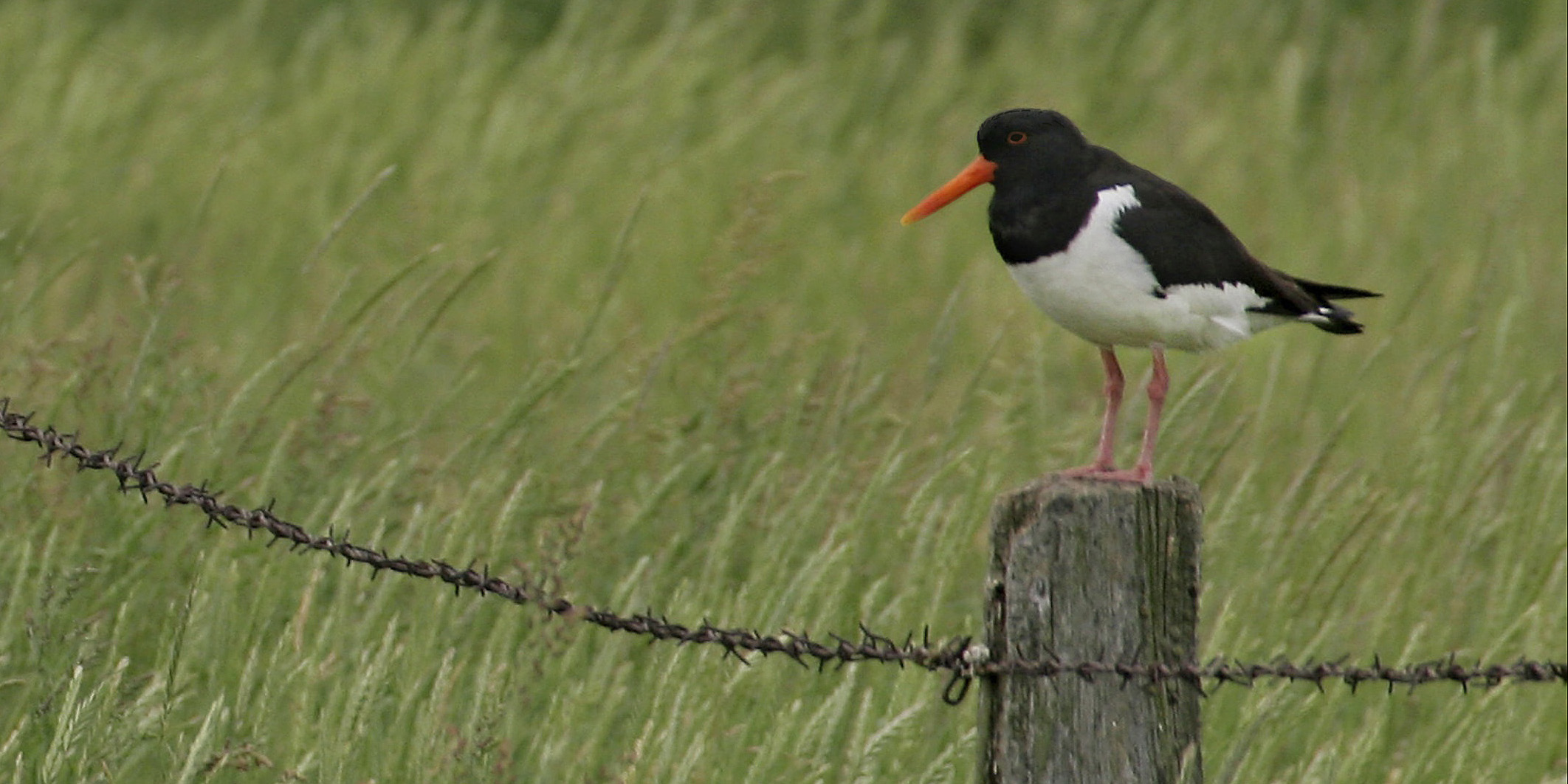How do climate-related changes in tidal patterns affect the foraging time and breeding behaviour of shorebirds?
Sea level rise and changing wind patterns are altering tidal patterns, impacting mudflat accessibility for shorebirds. This project investigates how these changes affect the foraging behaviour, reproduction, and survival of Eurasian oystercatchers in the Wadden Sea, providing crucial data for conservation efforts.
Project status
Content navigation
About

Sea level rise and variability in wind patterns are causing tidal patterns in estuaries to change. How does this affect the foraging behaviour, repoduction and survival of shorebirds?
Estuaries provide important breeding habitat for shorebird species, but the viability of populations in these habitats is threatened by global warming. Sea level rise and changing wind patterns can alter the tidal pattern of an area and consequently affect the time that mudflats are accessible to shorebirds for feeding. However, how strongly changes in mudflat exposure time might affect shorebirds numbers is largely unknown. This project aims to investigate geographic and temporal variation in the exposure time of mudflats and their impacts on a population of Eurasian oystercatchers (Haematopus ostralegus) breeding in Europe’s largest estuary, the Wadden Sea. Our study site is on the island of Schiermonnikoog, where a colour-banded oystercatcher population has been studied for 30 years. In this project you could study how the foraging behaviour of oystercatchers and the quality of food on the mudflats may vary with mudflat exposure time. Additionally, you could relate any differences in foraging behaviour and food quality to the timing of egg laying and reproductive success to quantify how this shorebird population will responds to weather-related changes in tidal patterns. This project thus involves new data collection from the field, such as invertebrate sampling and behavioural observations of birds, which can be combined with the existing 30-year dataset of the Schiermonnikoog oystercatcher population to determine how changes in tidal patterns have affected reproductive performance over the past decades. By directly linking spatiotemporal changes in tidal regimes to impacts on the behaviour, phenology, and population viability of shorebirds, the results of this project could provide valuable empirical data to guide the conservation of estuarine habitats under climate change.
Period: Should include the breeding season (March-June) on Schiermonnikoog (the Netherlands).
